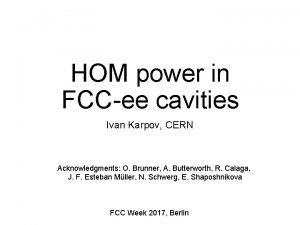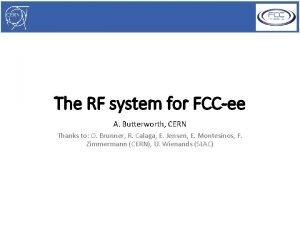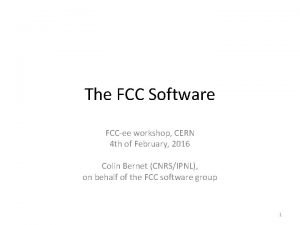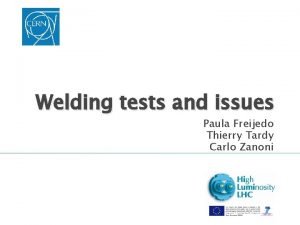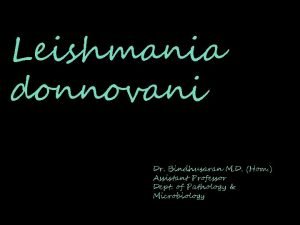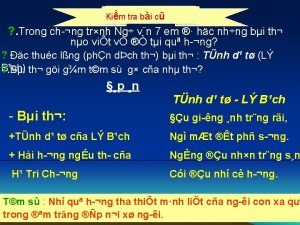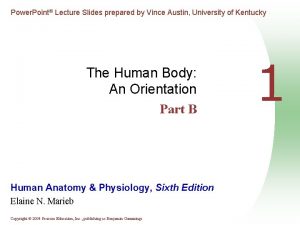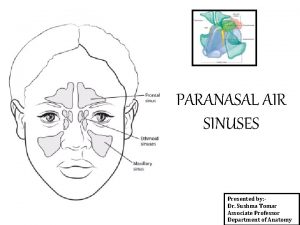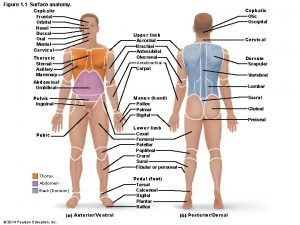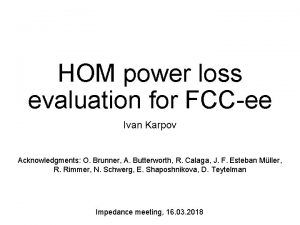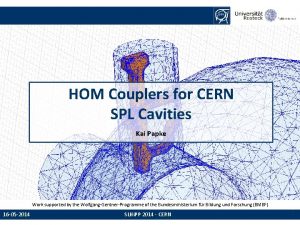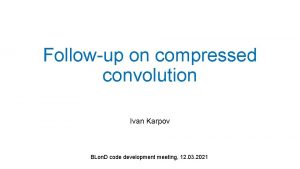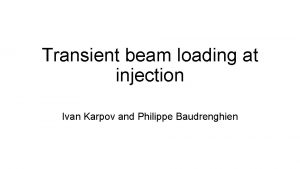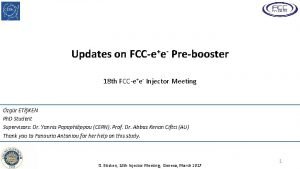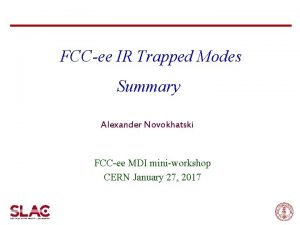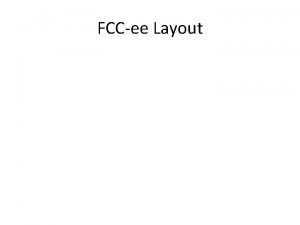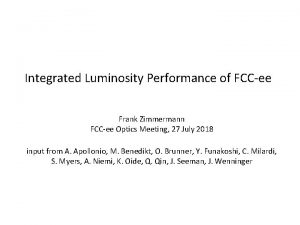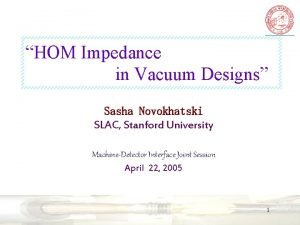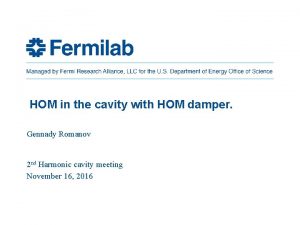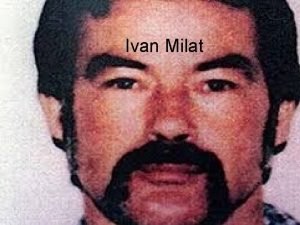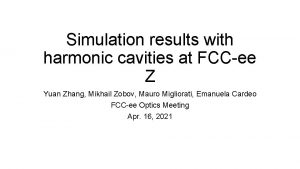HOM power in FCCee cavities Ivan Karpov CERN



















- Slides: 19

HOM power in FCC-ee cavities Ivan Karpov, CERN Acknowledgments: O. Brunner, A. Butterworth, R. Calaga, J. F. Esteban Müller, N. Schwerg, E. Shaposhnikova FCC Week 2017, Berlin

FCC-ee options Z W H 71200 6000 740 62 2. 5 50 4000 0. 4 × 1011 0. 5 × 1011 0. 8 × 1011 2. 1 × 1011 12 8. 3 7. 7 9. 2 1399 147 29 6. 4 2

HOM power loss in FCC cavities Simulated cavity impedance Normalized Fourier harmonics of beam current 3

Beam power spectrum Zoom For Z option For Gaussian bunches 4

Example of 400 MHz cavities 300 mm Cavity options for FCC-ee (Input from R. Calaga) Impedance calculation using ABCI Axisymmetric structure + Gaussian bunch Wake potential Loss factor + Impedance 5

Example of 400 MHz single-cell cavity impedance “Discrete” “Continuous” 3 GHz • 6

Example of 400 MHz cavities. Impedance below 3 GHz 7

Example of 400 MHz cavities. Impedance below 3 GHz 8

Impedance above 3 GHz 9

Power loss for different number of cells in FCC-ee machines Maximum extracted power by one HOM coupler Discrete impedance lines are excluded. Single-cell cavity design is feasible for Z machine 10

LHC-like layout of cryomodule Taper-out Taper-in 11

Loss factor of taper-out Analytic estimates* *S. A. Heifets and S. A. Kheifets Rev. Mod. Phys. 63, 631 (1991) Short wake potentials are used in simulations 12

Loss factors of 4 -cavity structure 5 m Structure With cavities Without cavities Steps 3. 82 3. 23 Taper-out 2. 78 1. 54 Loss factor of 4 cavities is 1. 21 V/p. C Tapers 1. 41 0. 13 13

Optimization of transitions Asymptotic value of loss factor for taper-out Minimum required length 14

Conclusions • Estimations of power loss for all FCC-ee machines (400 MHz cavities) • Maximum power losses are for Z machine: ~ 2 k. W for single cell cavity, main contribution is given by impedance above 3 GHz • For higher energy machines power losses are below 1 k. W • Significant contribution to the total power loss from tapers for FCC-ee bunch length. • For transition from 150 mm to 50 mm loss factor of taperout ~ 1. 5 V/p. C is achieved for 5 m length • Optimization of cold-warm transitions is ongoing 15

Thank you for your attention! 16

Impedance of tapers: dependence on length Taper-out 17

Comparison of impedances of steps and tapers Analytical predictions -> Reduction of loss factor due smaller impedance at frequencies below 20 GHz 18

Role of gap Example for Z 1 option (2. 5 ns bunch spacing) and single-cell cavity Design value Minimum value is 0. 1 • Scaling corresponds to the case of broadband impedance • Only for very small M one can expect that resonances can hit 19 revolution harmonics
